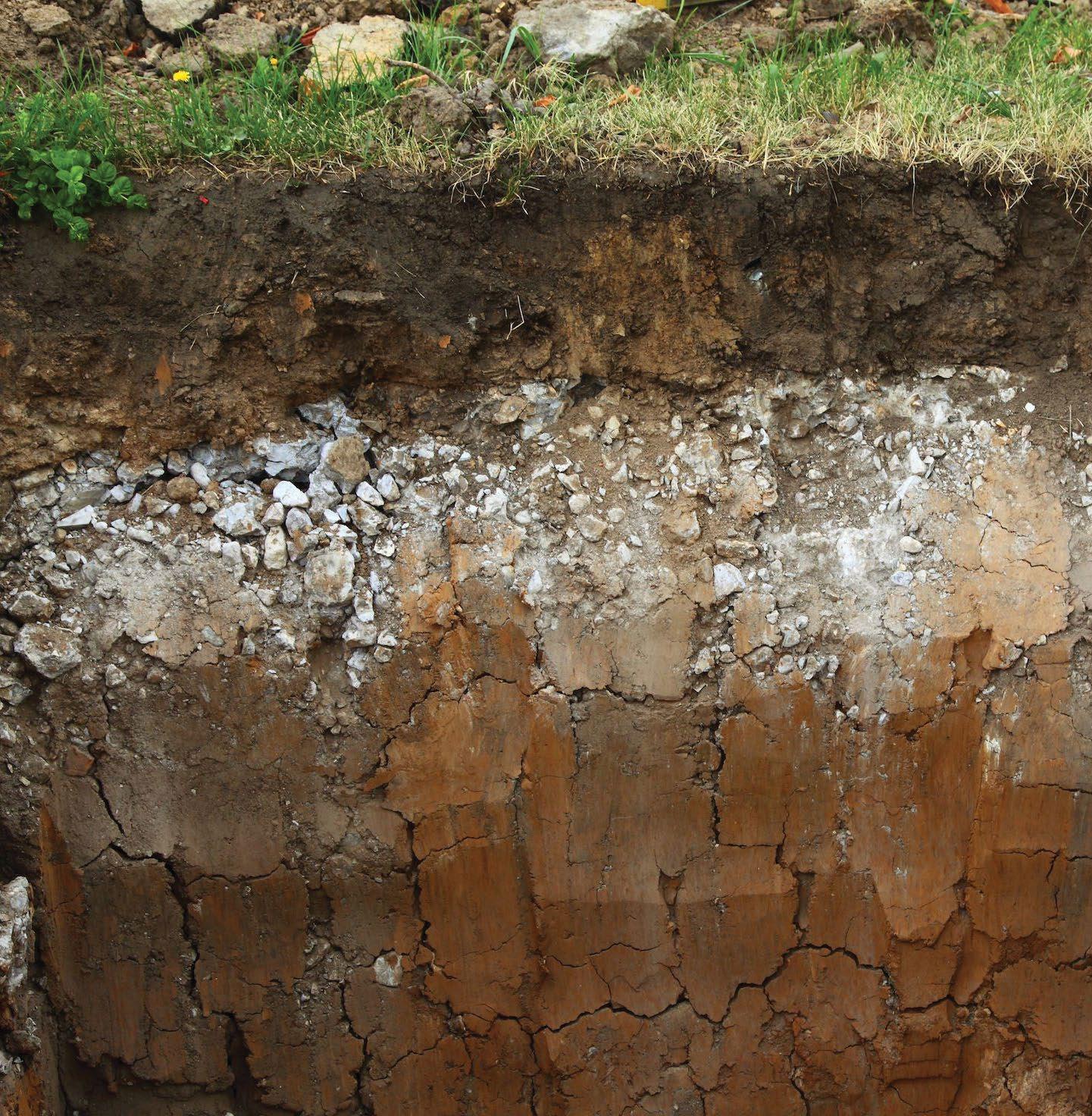
7 minute read
Soil, the farmer’s most important asset: Part 5B
from ProAgri BNZ 07
by ProAgri
Soil: The farmer’s most important asset: Part 5 Physical properties of soil (2): Structure
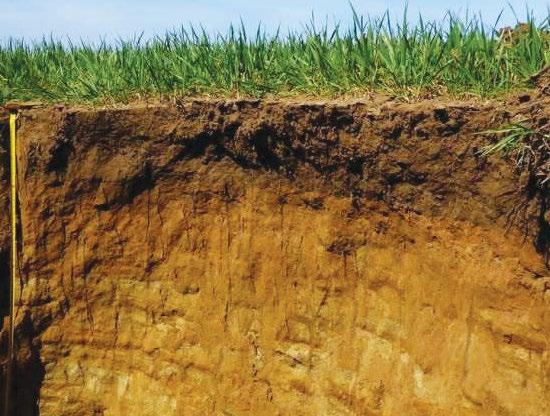
Advertisement
WHAT IS SOIL STRUCTURE?
Soil structure refers to the extent to which separate soil particles cling together naturally as small secondary clods, to form larger composite units. These are called aggregates, structural units or peds. The structural units are separated from each other by weakness planes, along which the soil breaks up when it is handled.
TYPES OF SOIL STRUCTURE
Soil structure is classified according to the shape, size, and distinctness of the aggregates. Small round structural units are called crumb structures. The structural units are usually arranged loosely together, as in loose bread crumbs, and are associated with topsoils.
When the structural units are more or less cubic, with sharp corners and clear flat surfaces, one refers to an angular block structure. When the corners are rounded, they are sub-angular blocky. These are normally found in subsoils.
Prismatic structural units are characterised by vertically oriented structural units similar to pillars. These are only found in subsoils where sodium plays a pertinent role. The tops (upper parts) are mainly flat, but when they are rounded, they are called pillars or columns.
Sometimes the structural units form thin horizontal plates and then they are referred to as layered or plate structures. They may be found in the top- or subsoils.
When the degree of structural development is poor or not at all observable, the soil structure is classified as structureless or apedal. Structureless soils can be loose (single grain) under dry conditions, or it could be a large continuous compact mass of soil without characteristic separation. In the latter case the soil is described as massif.
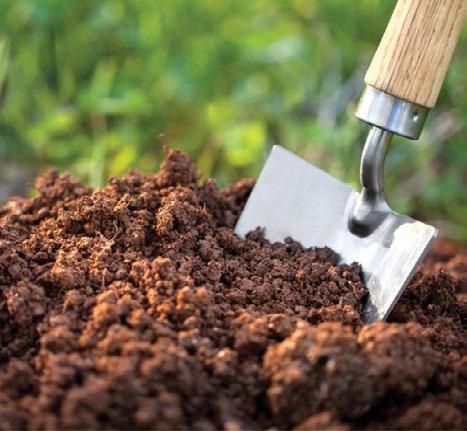
The mechanism through which soil particles are conjugated and through which discontinuities are formed between the aggregates, are ascribed to activities that cause movement and compression in the soil mass. Growing plant roots are seen here as one of the most important factors. Soil particles are pressed against each other and the tunnels that are left behind, form weakness surfaces. The uneven withdrawal of soil moisture from the soil by roots
Crumb structure
Block structure
Prismatic structure
Prismatic
Plate structure
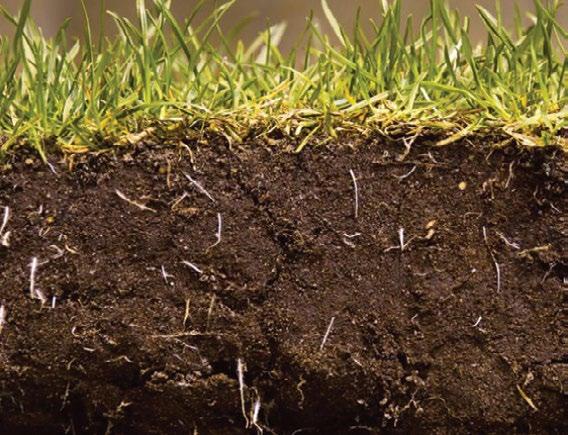
and the uneven moisturisation through water infiltration via the root tunnels, cause uneven swelling and shrinking of the soil, leading to the formation of structure. Freezing and thawing also play a role in certain areas. In clayey soils (especially 2:1 clays), the swelling and shrinking characteristics of the clay play a major role.
Biological factors include the binding role of fine hair roots. Certain secretions of plant roots also play a role.
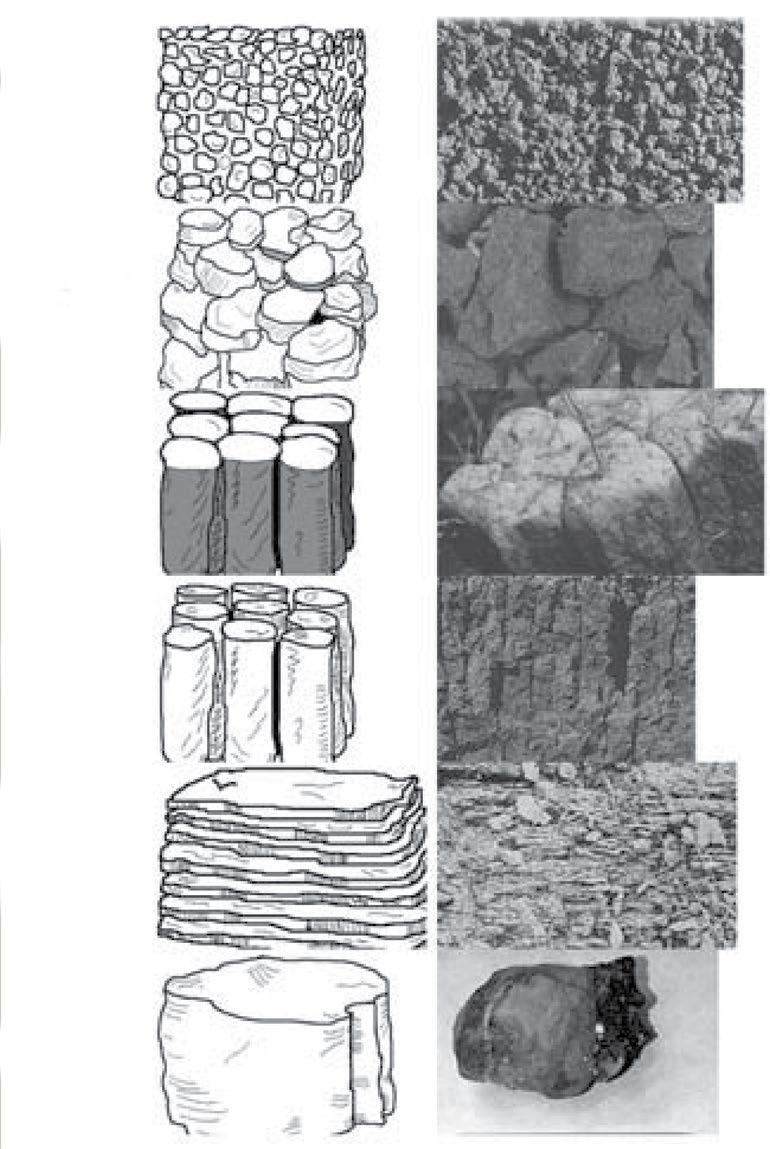
ORIGIN OF SOIL STRUCTURE
Structure forms when there is one or other form of binding substance present in the soil. The colloidal material in soil (clay minerals, sesquioxides and/or humus), as well as biological activities in the soil, are the active components in soil for binding.
Massif

Trading for more than 25 years in Botswana
YOUR ONE STOP AGRI SHOP
Veterinary products • Feed • Seed • Pest control • Fertilisers • Irrigation equipment • General farming products







Tel: +267-241-4211 / 3906 E-mail: stuart@agrichembotswana.com Plot 246/7, Khutse Crescent, Light industrial, Francistown







Hyphae bind soil particles together. Humus serves as a binding medium of small soil particles. Certain microbes secrete glues or slimes, which cause the soil particles to stick to each other. These glues (polysaccharides) are poorly soluble in water and maintain the structure, even though it is wetted.
Furthermore, calcium and magnesium also play a role in keeping clay minerals in the so-called flocculated state, which means that they stick together. In contrast, sodium causes the clay to disperse or deflocculate.
STABILITY OF SOIL STRUCTURE
Stable structural units are those that are resistant to raindrop impact and remain intact even though they are wetted. When the soil is tilled and especially ploughed, the soil is excessively aerated, with the result that the microbes rapidly break down the organic material and especially the humus. This in turn leads to the decline in the stability of aggregates. The aggregate stability of sandy soils declines faster with tilling than that in loam or clayey soils.
The addition of organic material in the uppermost layers of soil encourages microbe activity, which secretes gel and other viscose products into the soil. Secretions from plant roots have the same effect. These products bind soil particles together into water stable aggregates and even form chemical compounds with clay particles and oxides of metals, such as iron.
Hyphae will bind soil particles together within a few weeks after organic material has been added to the soil.
THE ADVANTAGES OF SOIL STRUCTURE
The greatest advantages of soil structure may be found amongst clayey soils. Well-structured soil has a favourable ratio between macro and micro pores, with a greater number of macro pores. The effect thereof is that water

infiltrates at a favourable rate, because the water in soils moves mainly into the macro pores. Air movement also occurs mainly in these macro pores. Roots prefer to grow in the weakness levels. Densely compacted clays, in contrast, have a large number of micro pores and few macro pores. The soil then rapidly becomes waterlogged and contains little oxygen.
Soils with a poor and unstable topsoil structure are easily broken up by drops of water, forming a crust. This crust reduces gas exchange (oxygen from the atmosphere and carbon dioxide from the subsoil into the atmosphere), reduces water infiltration significantly and also hampers seedling emergence.
In sandy soils, structure is not so important to maintain macro pores, as there is naturally a greater occurrence of larger pores. Crust formation or the collapse of the soil surface is, however, of great importance. In order to limit wind erosion, a crumb structure on the surface makes the greatest single contribution to stable topsoils and is also very important to maintain a good water infiltration rate. The contribution of microorganisms in this regard is of particular importance.
MANAGEMENT OF SOIL STRUCTURE
Systems of reduced tillage, minimum tillage and zero tillage benefit the maintenance of structure in the topsoil. The reason for this is that the soil is not sufficiently aerated and the stover remains on top of the soil, where it is not broken down quite so rapidly by micro organisms. A fine microstructure then forms in the first few millimetres of the topsoil, which virtually completely neutralises the collapse problem. The result is better water infiltration, less runoff, wetter profiles, better seedling germination, higher yields and excellent control of wind erosion.
A grass-ley crop in the form of a cover crop for a few years, is highly
REFERENCES
The following sources were used extensively during the compilation of this article. beneficial for the formation of microstructure. The finely branched fibrous root system binds sand grains together and is a feeder source of organic matter for the microbes which, in turn, benefit the soil structure.
When soil is ploughed deeply with, for example, a disc plough or nardi, the subsoil which is lacking in organic material, is brought to the surface. During the first rain shower, the clods disperse and the soil is then “collapsed”. Thereafter follows wind erosion, poor water infiltration and increased runoff. When soil is ploughed, it must never be ploughed so deep that the brightly coloured red / yellow sub-soil is churned up.
Van Huyssteen, CW. 2009. Soil Ecology. Unpublished class notes for GKD214. University of the Free State, Bloemfontein. Du T Burger, R. 1979. Soil Science 115. Unpublished class notes for GKD115. University of the Free State, Bloemfontein. Brady, NC. 1990. The nature and properties of soils. 10th ed. Macmillan publishing company, New York. Marshall, TJ & Holmes, JW 1979. Soil Physics. Cambridge University Press, Cambridge.
ProAgri BNZ acknowledges Grain SA for the use of this series which originally appeared in Afrikaans in SA Graan/Grain.
For further information, please contact: Martiens du Plessis: martiens@nwk.co.za Cornie van Huyssteen: vanhuysteencw@ufs.ac.za


1 YEAR WARRANTY ON DEALER INSTALLED JOHN DEERE PARTS
Visit AFGRI Equipment Botswana today or call us @ 3110876.









